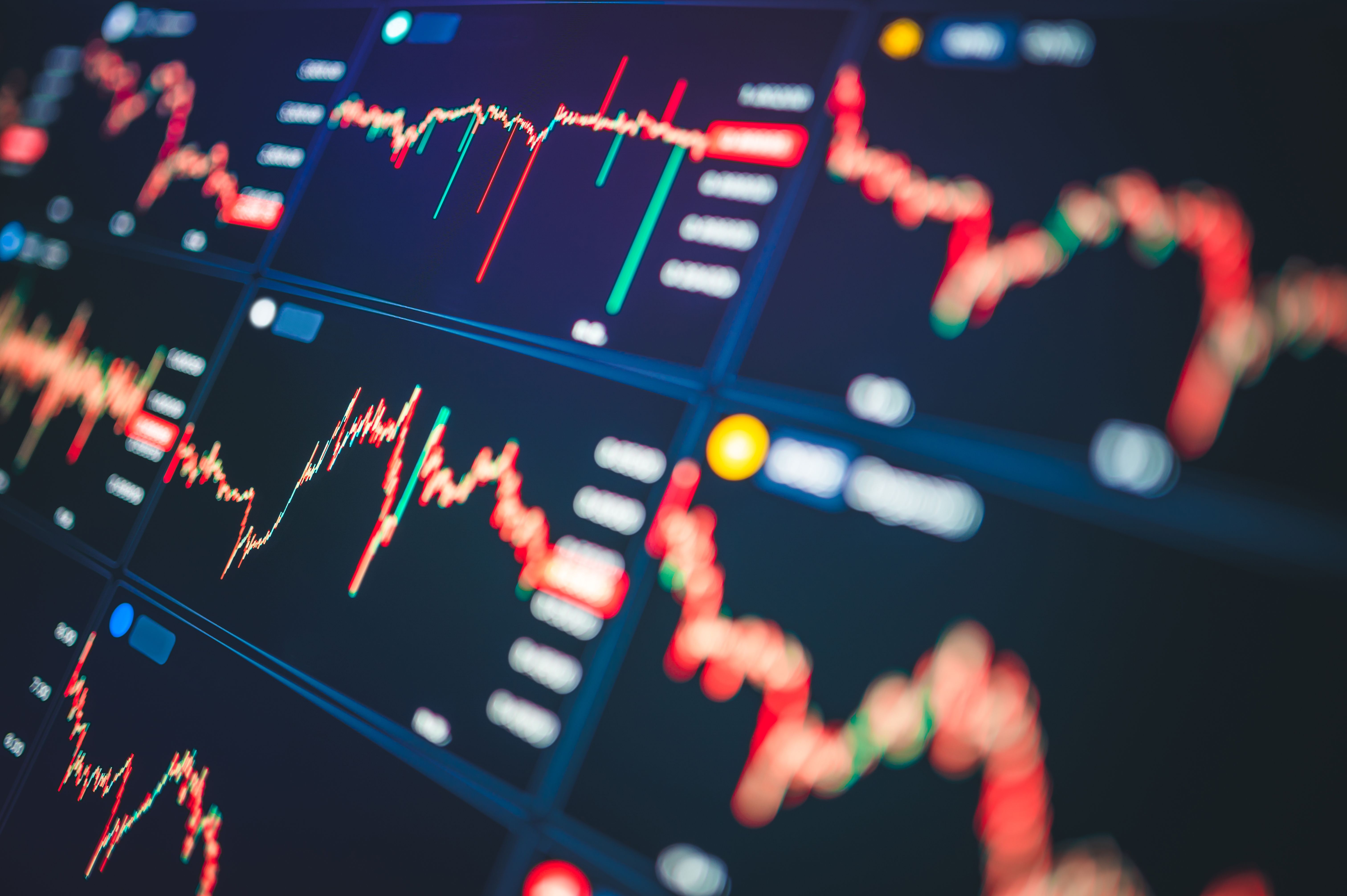Algorithmic Trading: Automating Success in Financial Markets
Understanding Algorithmic Trading
Algorithmic trading, often referred to as algo trading, is the use of computer algorithms to automate trading decisions and execute trades in financial markets. This technology-driven approach leverages complex mathematical models and formulas to make high-speed trading decisions that are beyond human capabilities. By automating the trading process, traders can capitalize on market opportunities with precision and efficiency.
In today's fast-paced financial landscape, algorithmic trading has become a vital tool for institutional investors and hedge funds. It allows them to execute large orders with minimal impact on market prices. Moreover, the use of algorithms reduces the risk of human error, leading to more consistent and reliable trading results.

The Benefits of Algorithmic Trading
One of the primary advantages of algorithmic trading is its ability to process vast amounts of data in real-time. Algorithms can analyze multiple market variables simultaneously, such as price changes, volume, and economic indicators, ensuring that trades are executed at the most opportune moments. This rapid data processing provides traders with a competitive edge in the financial markets.
Furthermore, algorithmic trading improves market liquidity and efficiency. By executing trades quickly and accurately, algorithms contribute to smoother market operations. This increased liquidity benefits all market participants by reducing transaction costs and narrowing bid-ask spreads.
The Role of Technology in Algorithmic Trading
The success of algorithmic trading heavily relies on advanced technology and infrastructure. Traders utilize powerful computers and sophisticated software platforms to design and implement their trading strategies. These platforms often incorporate machine learning algorithms and AI to enhance decision-making capabilities.
Additionally, access to high-speed internet and low-latency data feeds is essential for successful algorithmic trading. These technological advancements enable traders to react to market changes in milliseconds, making the difference between profit and loss in high-frequency trading environments.
Developing Effective Trading Algorithms
Creating a successful trading algorithm involves a combination of financial expertise and technical skills. Traders must first identify profitable trading opportunities and develop a strategy that aligns with their risk tolerance and investment goals. This strategy is then translated into a set of rules that the algorithm will follow.
The development process involves rigorous backtesting, where the algorithm is tested against historical market data to assess its performance. This testing phase helps traders refine their strategies and identify potential weaknesses before deploying the algorithm in live markets.
Challenges and Risks in Algorithmic Trading
Despite its benefits, algorithmic trading is not without challenges and risks. One significant concern is the potential for market manipulation through algorithms. When poorly designed or unchecked, algorithms can contribute to market volatility and flash crashes, causing significant disruptions.
Moreover, algorithmic trading requires continuous monitoring and maintenance. Market conditions can change rapidly, necessitating regular adjustments to trading strategies. Traders must remain vigilant and ensure that their algorithms remain aligned with market dynamics.

The Future of Algorithmic Trading
As technology continues to evolve, algorithmic trading is expected to become even more sophisticated. The integration of artificial intelligence and machine learning will enable algorithms to learn from past market behavior and improve their decision-making processes autonomously.
Additionally, the rise of decentralized finance (DeFi) platforms may open new opportunities for algorithmic traders. These platforms offer innovative financial products and services that can be leveraged by traders looking for alternative investment avenues.
In conclusion, algorithmic trading represents a powerful tool for navigating today's complex financial markets. By automating trade execution and leveraging advanced technology, traders can achieve greater success while minimizing risks. As the industry continues to evolve, staying informed and adaptable will be crucial for those looking to thrive in the world of algorithmic trading.
Algorithmic Trading: The use of computer programs to execute trades automatically.
